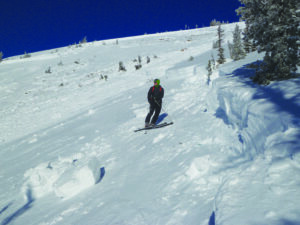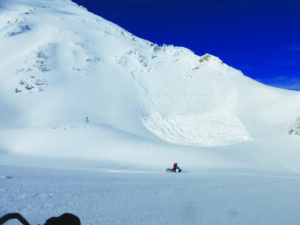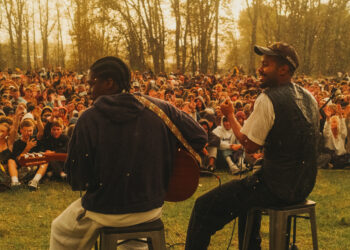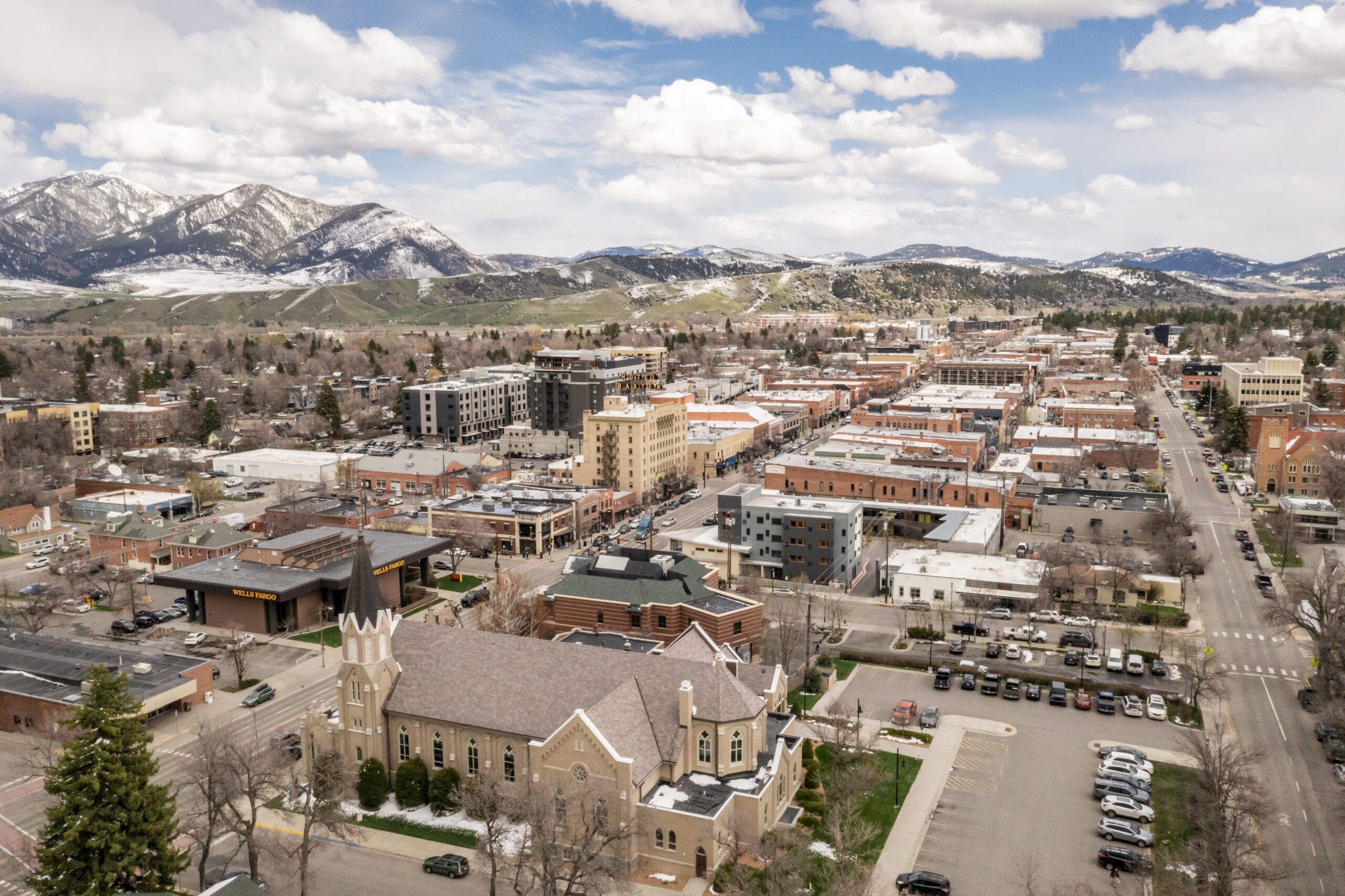
Two key factors for safe backcountry riding
By Eric Knoff EBS Contributor
Understanding slope angle and snow stability are two important factors in safe backcountry riding.
When skiing, snowboarding or snowmobiling in the backcountry, answering these two questions is essential: Is the terrain capable of producing avalanche? Can the snow slide?
Avalanches happen when four ingredients are present: a slab, a weak layer, a trigger and a slope steep enough to slide. A key problem when assessing slope angle is that most slopes have varying degrees of steepness. It is critical for backcountry users to assess slope angle frequently.
The most common slope angles on which avalanches occur are from 36 to 38 degrees, but not all avalanches start on slopes with these precise angles. A gentle slope of 25 degrees is still considered avalanche terrain if it is connected to a steeper slope above. In addition, convex slopes where angles go from low to high in a short distance, or steep sections near ridgelines, are high probability zones for triggering avalanches.
It is a challenge to effectively and safely assess slope angle—the easiest way is to use an inclinometer, but skiers and riders have to venture on to the slope they’re trying to assess to get an accurate reading. One way to overcome this issue is to measure angles on nearby smaller slopes with similar aspect and angle as the slope you want to ride. It is vital to visualize and assess the entire slope since slope angles change constantly, and frequent practice with an inclinometer is the best way to become skilled.

Assessing snow stability is as important as assessing slope angle. Reading the daily avalanche advisory, digging snow pits and watching for signs of instability such as recent avalanche activity, shooting cracks and large collapses are valuable tools for assessing snow stability.
If the snowpack is stable it’s acceptable to ride in avalanche terrain. If the snowpack is unstable, it’s best to avoid slopes steeper than 30 degrees, or lower angle slopes attached to steeper slopes above. Triggering slopes from low angle or flat terrain is called remote triggering and is a common way skiers and riders get in trouble.
When traveling in terrain that requires crossing avalanche paths it’s imperative to cross one at a time, and always watch your partners from a safe location.
Understanding the two key factors of slope angle and snow stability in conjunction is necessary for making safe and accurate decisions in the backcountry.
Eric Knoff is an avalanche forecaster for the Gallatin National Forest Avalanche Center. He’s been a public forecaster the past seven winters, and also spent four seasons as an avalanche forecaster for the Going-to-the-Sun Road plowing operation in Glacier National Park.
Visit mtavalanche.com to view the daily avalanche advisory for southwest Montana and send your snowpack observations to mtavalanche@gmail.com.













